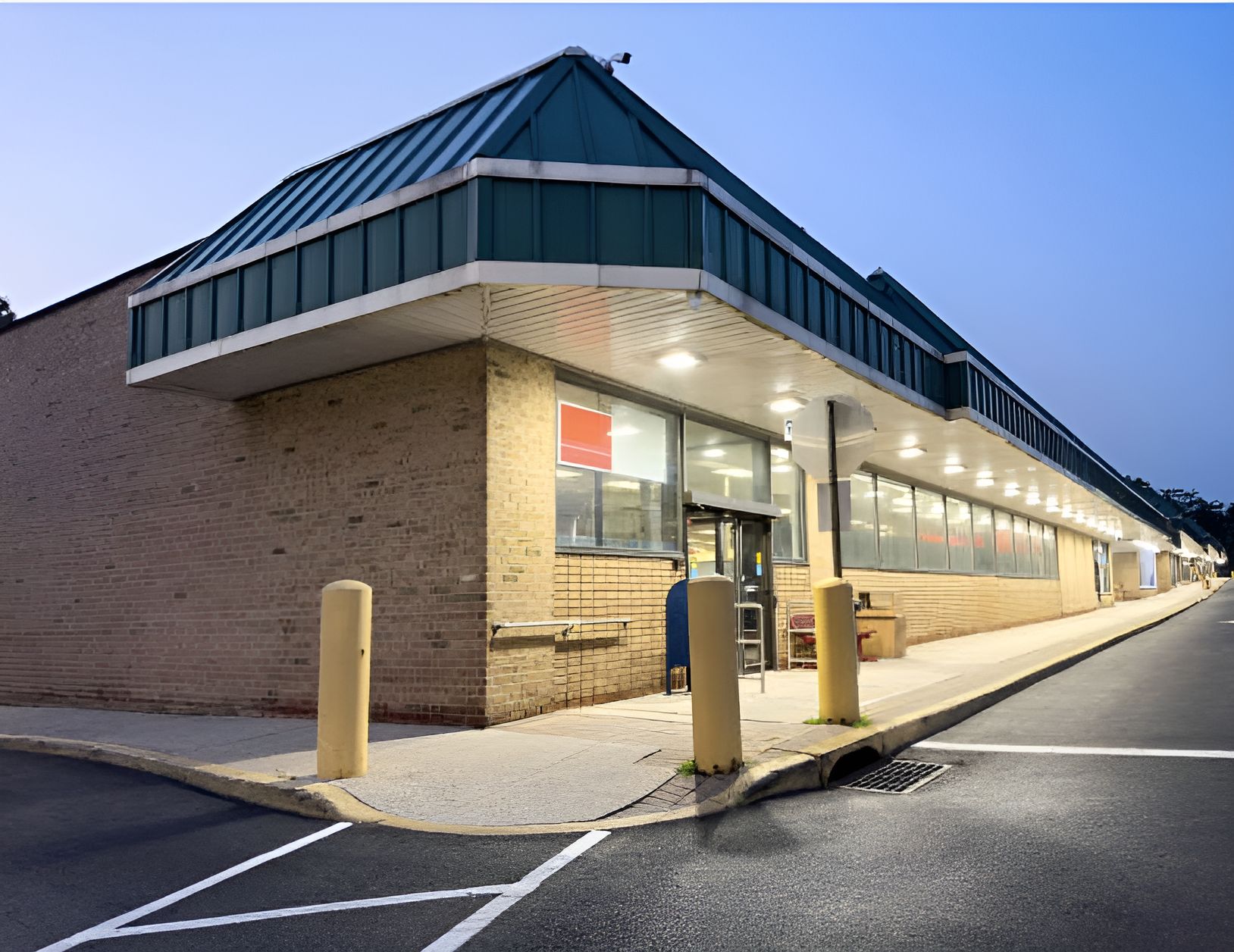The Importance of Proper Drainage in Commercial Parking Lots
Commercial parking lots are essential for many businesses, providing customers, employees, and clients with convenient access to facilities. However, poorly designed or maintained drainage systems in parking lots can lead to serious problems, ranging from property damage to safety hazards.
Proper drainage isn’t just a practical necessity—it’s a critical aspect of protecting your investment and ensuring a safe, functional, and compliant commercial property. This blog explores the importance of proper drainage in commercial parking lots and how it impacts your business operations.
Why Is Proper Drainage Important?
Parking lots are exposed to the elements year-round, enduring heavy rainfall, melting snow, and other weather events. Without a well-designed drainage system, water can pool or flow uncontrolled, causing various issues that affect safety, functionality, and long-term maintenance.
Key reasons to prioritize drainage include:
1. Preventing Flooding and Standing Water
- Poor drainage can result in water pooling in low-lying areas of the parking lot, creating inconvenience and hazards for vehicles and pedestrians.
- During heavy rain, inadequate drainage can cause localized flooding, potentially disrupting business operations.
2. Protecting Structural Integrity
- Excess water can weaken the parking lot's foundation, causing cracks, potholes, and sinkholes over time.
- Water penetration beneath the surface can erode the soil and compromise the stability of the asphalt or concrete, leading to costly repairs.
3. Ensuring Pedestrian and Vehicle Safety
- Standing water creates slip-and-fall hazards for pedestrians and can cause hydroplaning for vehicles.
- In colder climates, pooled water can freeze, forming dangerous icy patches in winter.
4. Minimizing Environmental Impact
- Runoff from parking lots often carries pollutants such as oil, grease, and debris into storm drains and local waterways. Proper drainage systems, including sediment traps and filters, can reduce this environmental impact.
5. Complying with Local Regulations
- Many municipalities require commercial properties to adhere to drainage and stormwater management codes. Non-compliance can result in fines, penalties, or costly retrofitting.
6. Enhancing Customer Experience
- A well-maintained parking lot with proper drainage creates a positive impression on customers, employees, and visitors. Standing water, potholes, and damaged surfaces can negatively affect your business's reputation.
Key Components of Parking Lot Drainage Systems
Effective drainage systems combine thoughtful design, proper installation, and regular maintenance. Some key components include:
1. Sloped Surfaces
- Parking lots should be designed with a gentle slope to direct water toward drains or runoff areas. Proper grading prevents water from pooling in flat or low spots.
2. Catch Basins and Storm Drains
- Catch basins collect water from the surface and direct it to underground storm drain systems. These are essential for managing large volumes of water during heavy rainfall.
3. Permeable Pavement
- Permeable pavement materials allow water to seep through the surface, reducing runoff and helping recharge groundwater supplies.
- This is an environmentally friendly option for businesses looking to incorporate sustainable practices.
4. Trench Drains
- Trench drains are long, narrow grates installed in areas prone to heavy water flow, such as entrances, exits, or loading zones. These drains effectively channel water away from critical areas.
5. Retention and Detention Ponds
- Retention and detention ponds are used to temporarily store runoff water, allowing it to drain slowly into the ground or nearby water systems. These are often required for larger properties to manage stormwater effectively.
6. Drainage Channels and Gutters
- Surface-level channels and gutters help direct water to designated drainage points, keeping it away from high-traffic areas.
Signs of Drainage Problems in Parking Lots
Regular inspections can help identify early signs of drainage issues, including:
- Puddles or Standing Water: Persistent water pooling after rain indicates improper grading or blocked drains.
- Cracks and Potholes: Water infiltration beneath the pavement can cause cracking, buckling, or potholes.
- Mud or Debris Accumulation: Dirt and debris carried by water often accumulate in low spots, signaling drainage inefficiencies.
- Unpleasant Odors or Overflowing Drains: These may indicate clogged or overwhelmed drainage systems.
- Erosion Around Edges: Soil erosion near the parking lot edges or landscaping areas can suggest poor water runoff management.
Maintaining Proper Parking Lot Drainage
To ensure long-term functionality, parking lot drainage systems require routine maintenance and occasional upgrades. Key maintenance steps include:
- Clearing Debris: Regularly remove leaves, trash, and sediment from catch basins, storm drains, and gutters to prevent clogs.
- Inspecting Grates and Covers: Check for damage or blockages in trench drains and grate covers.
- Re-Grading or Resurfacing: If water consistently pools in specific areas, consider re-grading or resurfacing to correct slope issues.
- Repairing Cracks and Potholes: Address small cracks and potholes promptly to prevent water infiltration and further damage.
- Professional Inspections: Schedule periodic inspections to assess the condition of your drainage system and identify potential issues.
The Bigger Picture: Drainage as an Investment
Proper drainage is not just about avoiding water damage—it’s an investment in the safety, functionality, and longevity of your commercial property. Businesses that prioritize drainage management can reduce maintenance costs, improve customer satisfaction, and ensure compliance with local regulations. For commercial properties, proactive drainage management is essential to protect both the parking lot and the business it serves.

